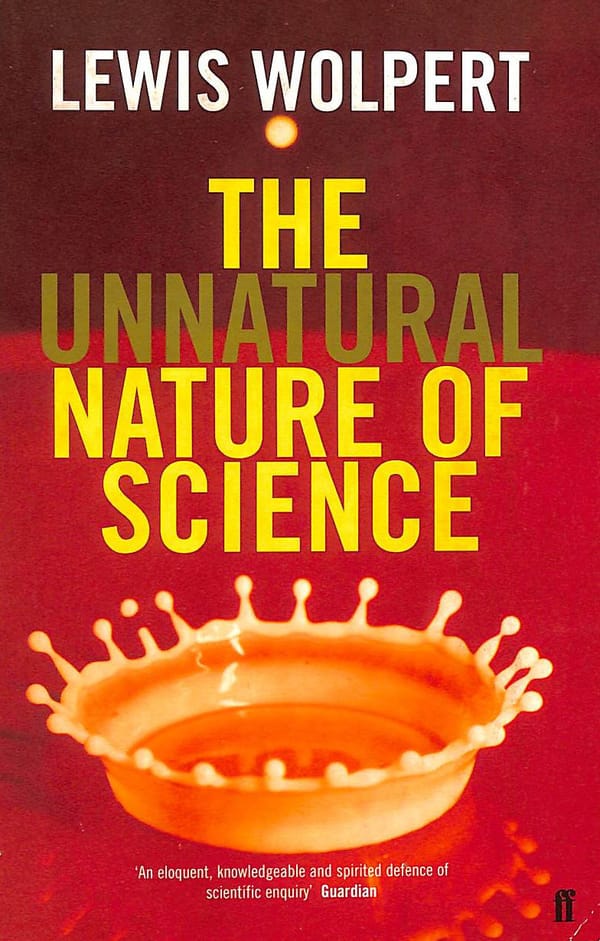How To Walk On Water and Climb Up Walls
This book can inspire biologists to appreciate the broad scope of biological research, and help non-biologists understand the importance of curiosity

What constitutes biological research? When considering ‘biological research’, renowned projects such as the Antibiotics Resistance Project and ground-breaking discoveries such as Watson and Crick’s DNA model usually come to mind. While such works are undoubtedly remarkable, they represent a mere fraction of all biological research, most of which serves as under-appreciated bases for subsequent prize-winning findings.
‘How to Walk on Water and Climb up Walls’ by David Hu can both inspire biologists to appreciate the broad scope of biological research, and help non-biologists understand the basic stages in biological research, and the importance of curiosity and detail-orientation in this process.
The book acts as a magnifier, taking readers to the most inconspicuous corners and overlooked aspects in the world of animal motion. For example, one chapter explained why the urination durations for all mammals, from humans to elephants, are approximately the same, despite bladder volume differing by magnitudes. The author’s inspiration for this study derived from a time when he was changing diapers for his son, and his son decided to urinate as his diapers were being changed. In counting the seconds to calm himself down, Hu noticed his son urinated for approximately the same amount of time as himself, while the amount of urine their bladders were able to hold were clearly different. He then, with his students, decided to collect data of urination time and volume from a variety of mammals in the zoo, including those of dogs, pandas, and rhinoceros. Though all other variables, such as time of day and diet, were different, the animals showed strikingly consistent urination times. Though his students were disappointed and largely discouraged by the lack of variation across all animals, Hu believed this was the most interesting result of all. After examining the anatomical diagrams for the urinary systems of hundreds of mammals, Hu noted that their systems’ structures were remarkably consistent. Most importantly, the ratio of urethra length to diameter, 25:1 in males and 17:1 in females, was conserved in not only humans, from newborns to adults, but also across all mammals, from mice to elephants.
At the time, research on the necessity of urethras in mammals was unprecedented. Moreover, there was the question of why urethras are so conserved while other aspects of the mammal body, such as thicker legs for elephants, change so drastically with respect to changes in body size? To further investigate the function and structure of the urethra, Hu used Pascal’s Barrel experiment, which showed that a fluid’s pressure is dependent on its configuration, not the amount involved. Applying this to urethras, increased length utilises gravity to increase the pressure that is driving urination. Therefore, the length: width ratio of the urethra is the determining factor in mammals’ urination time, rather than the amount of urine involved, which explains how the constant proportions of the urethra result in urination time being approximately the same across all mammals.
Although this was criticised as being a waste of scientific research, understanding mammal urination time can in fact be used to preliminarily examine patients’ urinary health before resorting to more expensive tests. This example also highlights the importance of noticing and investigating seemingly plain and unexciting data.
The remaining chapters discuss other research Hu was involved in, including how water striders can walk on water, how snakes can glide in the air, the aerodynamics of eyelashes, how dead fish can ‘swim’, and how ants can create ant ‘rafts’ to float on water. The contents of this book allow readers to realise how seemingly basic or peculiar research can be used in unforeseen ways and to understand the boundlessness of biological studies. Hu uses a casual tone to explain complicated concepts in a way that makes it accessible to scientists and non-scientists alike. In a story-telling manner, Hu reveals details about his academic career and the sources of inspiration and people with whom he worked, giving his book a distinctive voice by incorporating his own humour.
This book not only discusses the biophysics behind animal motions ranging from walking on water to flying in the rain, but also reveals the typical “fail, try again, repeat” journey of biological research, and, most importantly, inspires readers to “see the world a little differently, with an eye for the details, a heart open to strangeness and wonder, and a commitment to always asking why”.









